Zohar Elhanani is the CEO of MutualArt, an art information platform used by collectors, gallerists and artists worldwide. The Art Collector asked Zohar several questions about the arts and MutualArt’s place in the art world.

Can you share with us your background and how you got involved in the arts?
I am a collector of a variety of categories and have always been intrigued by the art market’s mystique, structure, and evolution over time. I come from a highly entrepreneurial background, operating technology ventures across different industries, as well as spending considerable time in the specialty finance investment world. In my experience, less defined, alternative asset classes or investments, such as art, remain relatively small investment categories – however, they do gradually expand as they become more transparent. With transparency comes better data, and a growing investor confidence in outcomes and liquidity. Applying the same logic and solution to a highly nuanced art market, I believe that the provision of broad and timely data, coupled with advanced analytics and decision support tools to a broader user base, makes perfect sense in the effort to expand the market as a whole. I strongly believe that data and artificial intelligence are ripe for adoption in the art space and MutualArt will continue to lead this trend.
How was the concept of MutualArt formed?
MutualArt was created to bring transparency to the art world through easy to access art market data and analysis, and personalized updates that act much like a traditional personal art advisor. We wanted to create a service that provides art lovers with all the tools they need — both to track the art they love, and to discover new works.
Today, our database has over 3.2 million past auction results, and we also track press coverage and exhibition coverage, to offer the fullest picture of an artist’s market. This includes real-time alerts on exhibitions and articles, based on the user’s personalized preferences, and an app that allows you to find the information that’s important to you, all based on your location.
If you had to summarise MutualArt as a platform, how would you describe it?
MutualArt provides its members with everything they need to stay up-to-date with their favorite art — in one place. Our searchable database makes it easy to discover past and upcoming sale prices for over 300,000 artists, accompanied by real-time market analytics. We also provide members with personal alerts for their favorite artists and venues, ensuring anyone who signs up is the first to know about exhibitions, sales, and new discoveries.
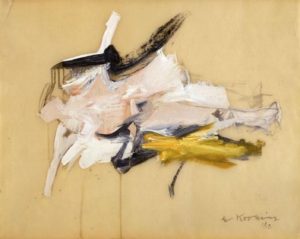
Who is the typical/ideal MutualArt member – is it collectors, artists, gallerists/advisors or all of the above?
Anyone with an interest in art! We offer different types of membership, depending on your interests — whether you’re keen to hear about exhibitions for your favorite artists, researching artworks for an academic project, or buying and selling at the highest level.
We believe art should be accessible to everyone, from the professional collector to the everyday enthusiast. Transparency is a benefit to everyone and only serves to grow the art market. Every high-end collector starts somewhere and utilizing our data and analytics tools, we can help accelerate and support the learning curve through a collector’s entire life cycle. Learning through intelligent exposure only adds to the experience.
To what extent should a collector view art as an investment? Should art be considered as an asset class?
Art can be a fantastic investment. In 2017, Peter Doig’s total auction value rose to $99 million — up from $39 million in 2016. Anyone who invested in the artist early in his career stands to make an exceptional profit now.
Like any investment, however, return is never guaranteed. While past performance can be a strong indicator of an artist’s likely market trajectory, no market is invulnerable to dips and shifts. The key to avoiding disappointment is to only buy what you love — that’s why MutualArt combines data with discovery tools to help you uncover new artworks and artists, and articles that uncover the latest art world trends.
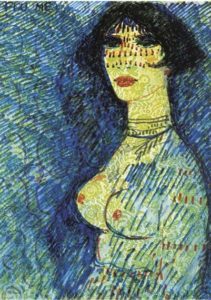
Do collectors have an obligation to share their collection?
Collectors can buy art for a variety of different reasons — to bring life to the home, or with a view to lending and sharing their work with the rest of the world.
The upcoming sale of works from The David and Peggy Rockefeller Foundation at Christie’s is a fantastic example of a private collection coming into the public realm again. Other collectors, such as Japanese billionaire Yusaku Maezawa, collect with a view to sharing their work across the world: his untitled Basquiat, bought for $110.5 million in 2017, is currently touring museums across the globe.
Similarly, the rise in privately-owned art museums reflects the desire of many collectors to buy and share their collection once it becomes too big for their own homes. In some countries, sharing artworks from your collection can also generate a tax benefit.
Which artist(s) from the 21st century do you think will remain relevant?
Too many to list! While tastes change, so many artists working today have made their mark on contemporary art history, appearing in blockbuster shows and witnessing increasingly high prices at auction. Gerhard Richter, for example, has created work that shows a revolutionary approach to painting and photography, while artists such as Yayoi Kusama have gained international renown, creating installations that draw thousands.
While it’s impossible to predict the next Picasso, contemporary artists with significant institutional backing often go on to become market stars, particularly when primary market support is strong.
What advice would you give to someone who is quite passionate about art but has a very limited budget?
Budget doesn’t have to be a barrier to collecting works by some of art’s biggest names, or up-and-coming talent. Prints can be one way to collect works by artists whose paintings sell for millions, with many starting from as little as $1,000. Similarly, many talented artists make their auction debut with estimates in the low hundreds or thousands. These might not be household names yet, but a strong presence in exhibitions and art fairs can indicate a potential rise in market popularity.

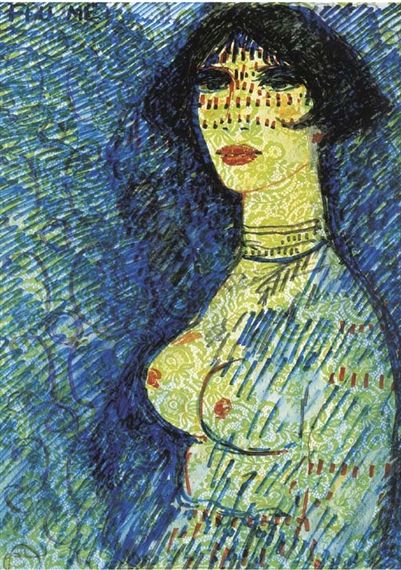
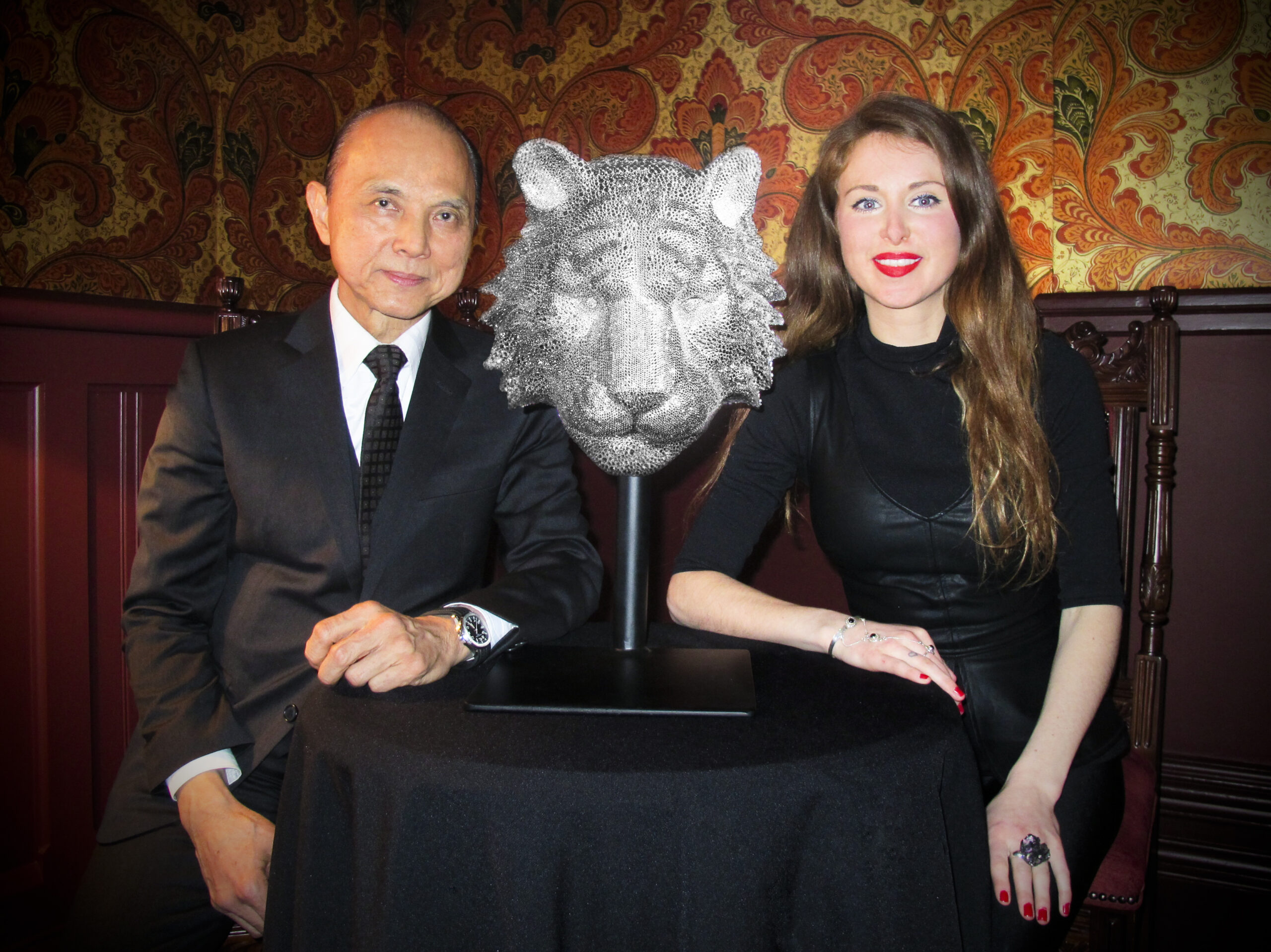
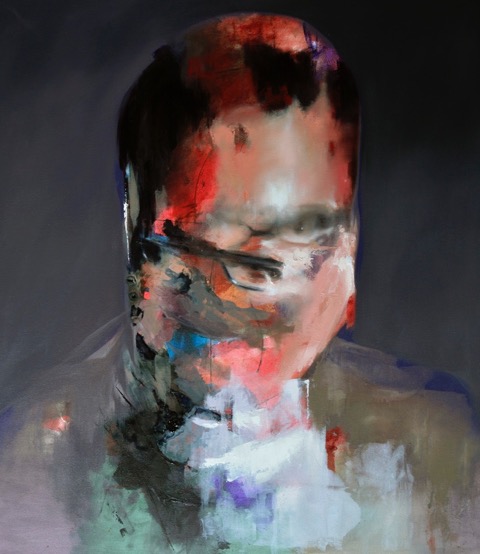
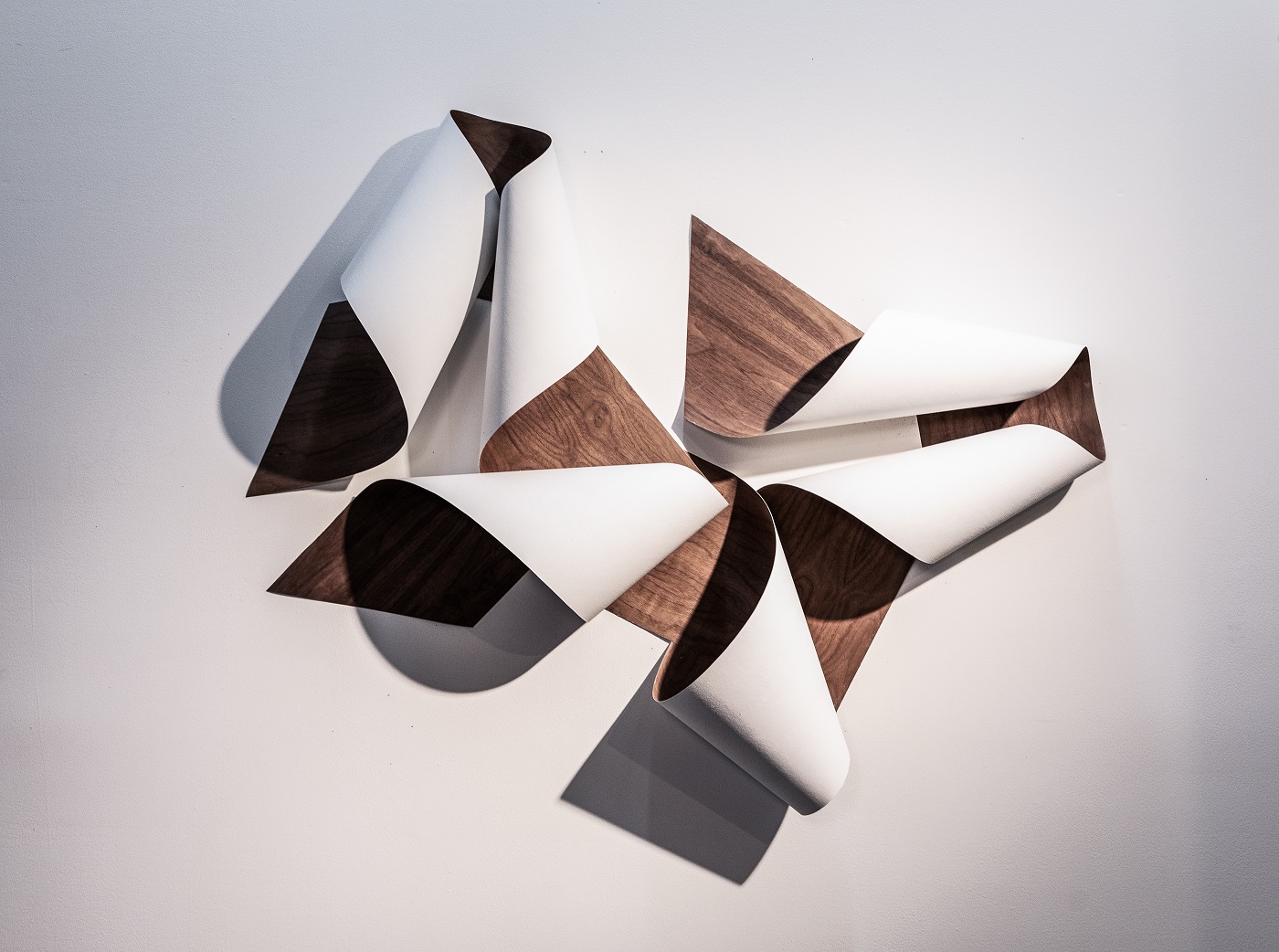

 Saving...
Saving...